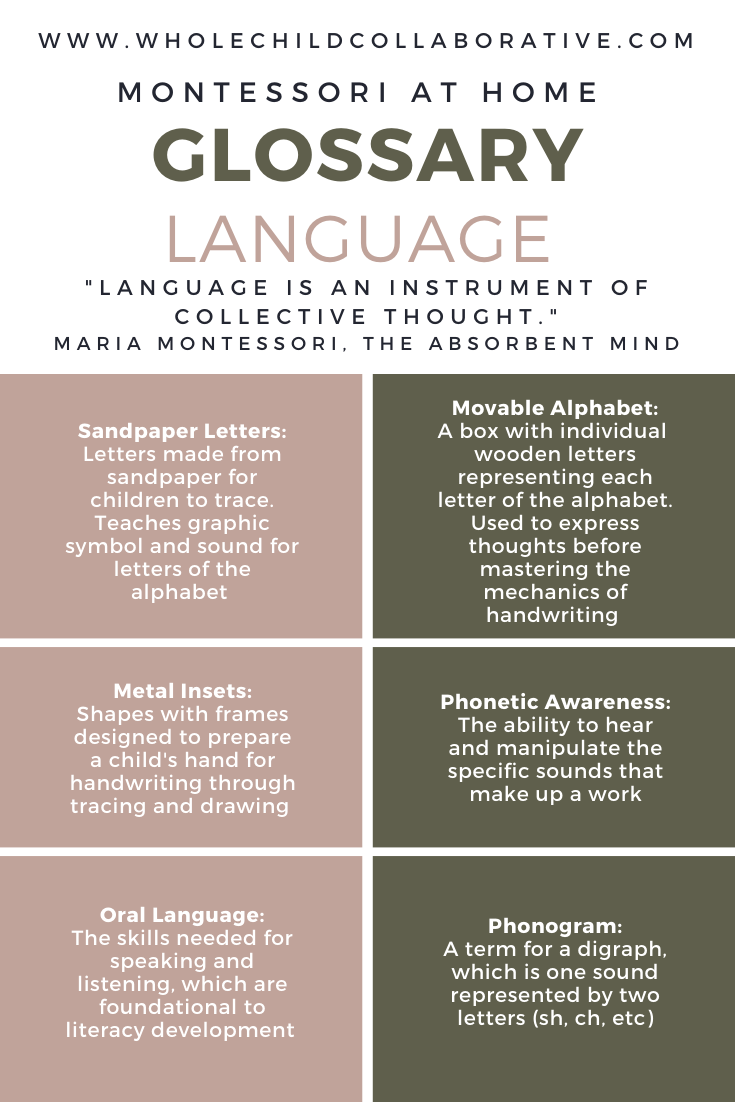Sensitive Periods: Order
/“It is through this lovely flame that burns without consuming that the work of creating the mental world of man takes place.” (Dr. Montessori, referring to sensitive periods in The Secret of Childhood). Sensitive periods of early childhood influence so much of Montessori practice. Materials were designed based on these sensitive periods. Montessori environments are designed to support these sensitive periods. A sensitive period can be thought of as an explosion of growth in a particular area of development. The sensitive periods are exclusive to the first plane of development, which occurs from birth to around age 6. Each sensitive period leads a child to develop specific skills and characteristics. Sensitive periods are temporary, only lasting for a short span of time in early childhood. There are four sensitive periods of early childhood: order, language, sensory perception and movement. (Note: several articles lay out more than four sensitive periods. Sensitive periods are universal to humans. Some list reading and writing as separate sensitive periods in addition to language, but not all humans will read and write and historically, not all humans have read and written. All humans, will however, experience a sensitive period for language. Sensitive periods reach beyond culture and time. Some list socialization as a sensitive period, but social development depends upon the child’s unique environment. See chapter 22 of The Absorbent Mind for more information on social development.)
The sensitive period for order occurs from birth to age 4-5. This idea of order is more than just a place for everything and everything in it’s place. This order is the mental organization that support the development of the child’s intelligence. This sensitive period for order gives the child a way of organizing all that they are absorbing and helps them create classifications for everything they are learning.
A child in their sensitive period for order may seem like a rigid tyrant with a mantra of ‘my way or the highway.’ Often, we mistake this need for order with misbehavior or inflexibility. If your child has a specific chair they use for dinner each night and suddenly, that chair is unavailable, the child may protest with a tantrum about their chair. If an adult did this, it would surely be a sign of inflexibility. But for a child, something truly feels out of order. They are experiencing the same feeling you might have if, for example, you walked outside in the morning and your car wasn’t in your driveway. Something isn’t right! This may sound extreme, but this is kind of how a child feels when something from their routine is suddenly out of order. Understanding this can help us respond with compassion and patience.
One way to support your child’s sensitive period for order is by giving them a heads up to any changes in routine. This could be something as simple as: “Your water bottle is broken. I bought you a new one. It’s blue.” As a parent and a teacher, I often find myself assuming my child doesn’t need to know about minor changes and then getting frustrated when they freak out that they can’t have their purple water bottle.
A well prepared environment also supports your child’s sensitive period for order. A simple place to start is by simplifying and organizing toys. Place activities and toys in their own basket. Encourage children to put one activity away before beginning a new one. This helps children maintain their sense of order and prevents them (and you!) from becoming overwhelmed.
Recognizing your child’s sensitive period for order can ease frustrations and limit conflicts. When we understand the development happening within our child, we can support them with understanding and empathy.








